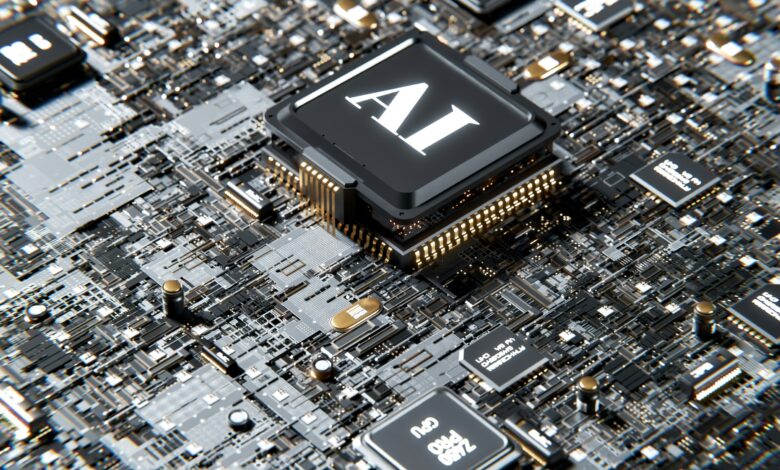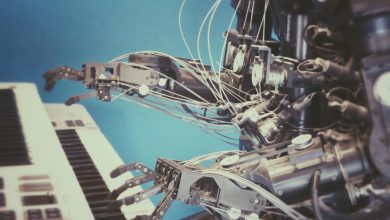
DeepSeek took the AI monopoly by storm last month, and the industry is still grappling to find an appropriate response to the underdog’s sensational rise to the top of the App Store charts. From Sam Altman lauding the powerful yet cost-effective reasoning capabilities of R1 model and finding the emerging competition “invigorating”, to later raising concerns about inappropriate distillation of OpenAI’s proprietary models, to Microsoft probing DeepSeek for unauthorised data extraction from OpenAI’s API, to more recently admitting to being “on the wrong side of history”when it comes to open-sourcing technology – the AI giants seem to be fumbling.
So, what exactly turned the once-obscure DeepSeek into the AI dark horse it is recognised as today? For starters, it’s extremely compute efficient, which means it was trained and can run at a fraction of the cost of leading AI models like OpenAI’s GPT or Anthropic’s Claude – while still delivering comparable performance. That’s not all though – DeepSeek’s R1 model was released as open-source under the MIT License, unlike most popular AI models that are predominantly closed-source.
Is DeepSeek Truly Open-Source, and Why Does It Matter?
For AI models, being open-source under the MIT License means that people can freely access, modify, distill, and distribute the models. DeepSeek’s models are considered ‘open’ in the sense that the model weights and the training algorithms are accessible but not the training data and full source code. It doesn’t fully adhere to the traditionally acceptable definitions of open-source. Still, DeepSeek’s models have open weights and are generally more “open” than the competing “closed-source” counterparts as users can access and utilise the model freely.
DeepSeek’s technical paper gives keen users an in-depth look at the methodology and training process behind the models’ reasoning and reinforcement learning capabilities. Some are even attempting to fully recreate the model, making the reproduced version, including its data and training pipeline, entirely open-source and available for the public to improve and build upon.
Currently, anyone can download and run the smaller models locally, even on non-specialised hardware, and enjoy the ultimate privacy and freedom to use and experiment. This frees users of full vendor dependence, where the model owners can change the reasoning methodology and outputs – or worse, lock out specific users entirely. It also allows the AI community to use existing inference methodologies to create new products and solutions, rather than reinventing the wheel. The possibilities with even this level of openness are endless, and it’s reasonable to assume that this is only the beginning.
The Industry’s Stance on Open-Source AI Is Shifting
Former Google chief Eric Schmidt has cautioned Western nations that relying primarily on closed models could impede scientific progress in Western institutions. He emphasized the need for the West to embrace open-source AI to stay competitive across industries, warning that failure to do so could leave them trailing behind China in the race for technological leadership.
Nevertheless, OpenAI, once a strong proponent of open-source and AI democratisation, has not open-sourced any of its models since ChatGPT-2. They may have cited security concerns as the primary reason for this shift, but it seems to be more about profitability and control. Elon Musk’s recent bid to keep OpenAI true to its not-for-profit roots may have failed, but the imminent competition will naturally force OpenAI and others like Meta, Microsoft, and Anthropic to reconsider their approach in favour of open-source. The current walled-garden approach of some AI giants is undoubtedly on the brink of collapse.
Baidu, the first major Chinese tech company to roll out a ChatGPT-like chatbot, recently announced that its next-generation AI model, Ernie 4.5, will be open-source from June 30, and free to use from April 1. An upgraded version of Ernie 4.5 scheduled for March is also set to feature multimodal AI systems capable of processing and integrating various types of data. Meta’s CEO Mark Zuckerberg has long been a convert and predicted early on that open-source AI would be the path forward. In fact, Llama 3.3 is available under the Meta Llama 3.2 Community Licence, which is fairly open, albeit with a few usage restrictions. Microsoft’s Phi range of LLMs is also available as open-source under the MIT license.
Elon Musk’s AI startup, xAI, might be missing the wave by not open-sourcing Grok-3. A policy of open-sourcing the previous version of its models as it did with Grok-1 was anticipated, but so far none of the subsequent models (Grok 1.5, Grok 2, and now Grok 3) have been released as open-source, despite ample time to have done so.
But the trends speak for themselves: All AI leaders will eventually have to accept the reality and head towards the open-source path to remain competitive, and that is a good thing.
Future AI Belongs to All
At the end of the day, everyone stands to benefit from the democratisation of AI and the infrastructure it needs. Enterprises, SMBs, and startups can all fine-tune commercial LLMs or distil larger models to create smaller, more efficient models for specific needs. Countries can ensure data privacy for their citizens without restricting progress and ensure AI advancements uphold their community values.
It ensures power and opportunity are not limited to wealth but are equally available to the talent that can truly propel it forward. With prohibitive guard rails down, innovators and disruptors like DeepSeek can have free access to make AI more secure, powerful, and useful. The threat of bad actors will always be there, but so will the growing number of hands working to patch vulnerabilities.




